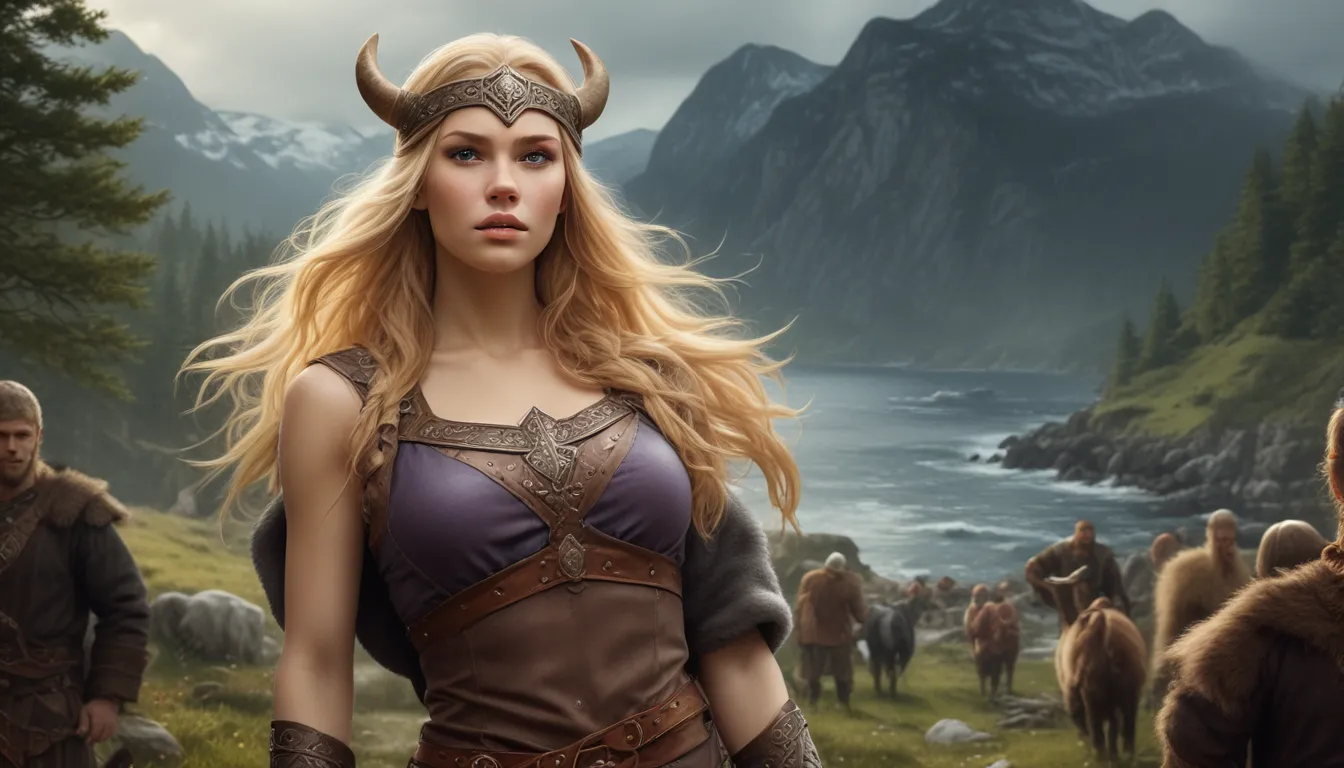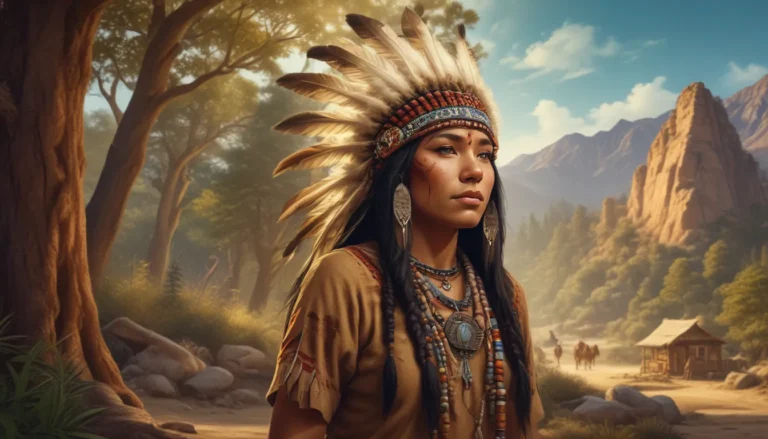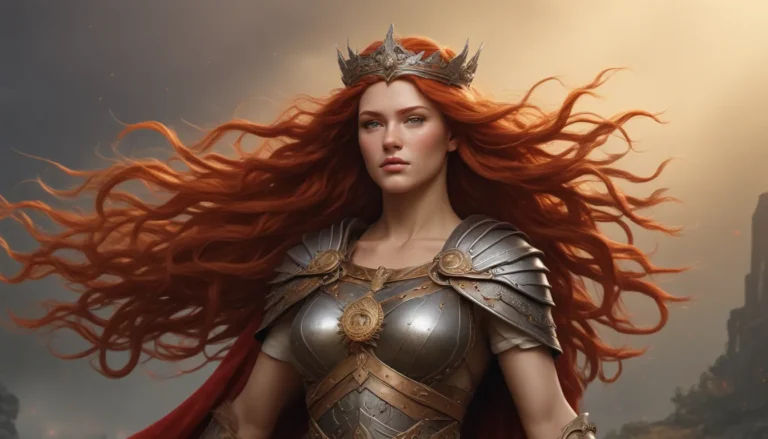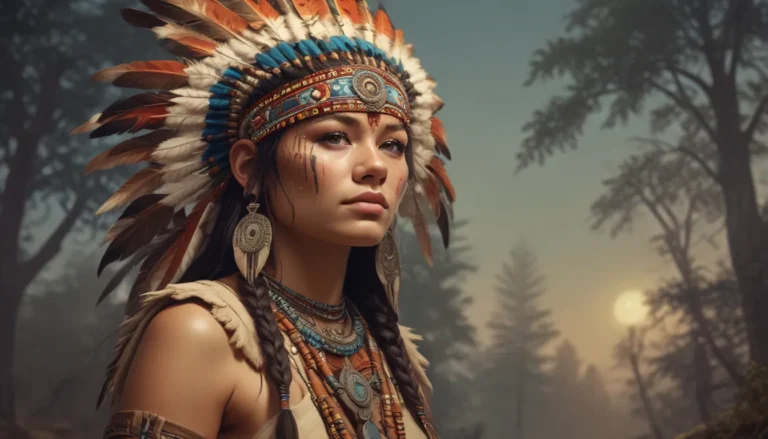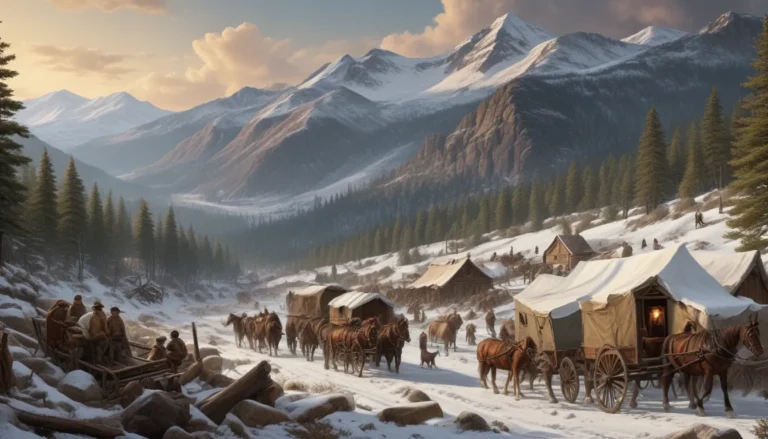The images in our articles may not match the content exactly. They are used to grab your attention, not to show the exact details in the text. The images complement the text but do not replace it.
Welcome to a journey back in time to explore the remarkable and often overlooked stories of Viking women. These fierce and fabulous women were not mere homemakers; they were warriors, leaders, and essential contributors to Viking society. Delve into the rich tapestry of history as we uncover 17 astonishing facts about Viking women that will challenge your perceptions and inspire your imagination. From wielding swords to shaping destinies, these women stood tall in a world dominated by men, leaving a lasting legacy that continues to fascinate us today.
Unraveling the Power of Viking Women
Contrary to popular belief, Viking women held significant power and autonomy within their communities. They were not confined to domestic roles but actively participated in managing property, influencing major decisions, and even taking charge in the absence of their husbands.
- Viking societies were surprisingly progressive in terms of women’s rights, allowing them to inherit property and own assets.
- In times of need, Viking women stepped up as the heads of households, showcasing their leadership and organizational skills.
The Warrioress Within: Viking Women in Battle
While Viking men are commonly associated with warfare, there are intriguing accounts of shieldmaidens, warrior women who fought bravely alongside their male counterparts. These valiant women challenged traditional gender roles and defied societal expectations.
- Though sparse, historical texts and sagas mention shieldmaidens participating in battles, showcasing their martial prowess.
- Lagertha, a legendary figure, stands out as a fierce warrior and the wife of the renowned Viking leader Ragnar Lothbrok.
Beyond the Battlefield: Daily Life of Viking Women
Amidst the tales of warfare and power dynamics, Viking women were instrumental in maintaining the fabric of daily life within their communities. Their skills in textile production and farming were vital for survival and prosperity.
- Proficient in textile production, Viking women excelled in spinning, weaving, and sewing, contributing to the creation of sails, clothing, and trade goods.
- Their expertise in farming, from crop cultivation to animal husbandry, ensured the wellbeing and sustenance of their families and communities.
Navigating the Bonds of Marriage and Family
Marriage in Viking society was a pragmatic institution, yet women enjoyed a degree of agency and independence in choosing their partners and managing their marital affairs. The role of women in forging alliances through marriages was crucial for maintaining social cohesion.
- Viking women had the autonomy to select their spouses and could opt for divorce if the marriage proved untenable.
- Marriages were often arranged to strengthen ties between families, emphasizing the importance of consent from the woman involved.
Embracing the Mystical: Viking Women as Seers
In addition to their practical roles, Viking women were revered for their mystical abilities, often embodying the role of seers or practitioners of seiðr, a form of magic associated with feminine energy.
- Volvas, esteemed women with prophetic gifts, were consulted for guidance in critical decisions and events.
- The mystical practices of Viking women added a dimension of spirituality and intrigue to their societal contributions.
Journeying to the Afterlife: Myths and Beliefs
The Vikings held distinct beliefs about the afterlife, with special considerations for women who passed away, especially in childbirth. The realms of Fólkvangr and Valhalla held significance for female souls who departed this world.
- Women who died in childbirth were honored and destined for Fólkvangr, ruled by the goddess Freyja, where they were accorded great respect.
- The revered warriors among Viking women could earn a place in Valhalla, chosen by the Valkyries for their bravery and valor.
Shaping Modern Perceptions: The Legacy of Viking Women
The narratives and discoveries surrounding Viking women have played a pivotal role in shaping contemporary views on gender roles and women’s capabilities. From archaeological findings to popular culture depictions, the stories of Viking women continue to captivate and inspire.
- Recent archaeological revelations, such as the warrior grave in Birka, Sweden, have challenged stereotypes about Viking warriors, highlighting the multifaceted roles of women in Norse society.
- Portrayals of Viking women in popular media, like the TV series “Vikings,” have brought attention to their nuanced contributions and complexities.
- The legacy of Viking women sparks conversations about gender dynamics and power structures, illuminating a more comprehensive understanding of the Viking age and its inhabitants.
Rediscovering Viking Women: A Final Reflection
Viking women were not bystanders but essential participants in the tapestry of Norse history. From their roles as warriors and leaders to their skills in craftsmanship and commerce, these women exemplified resilience, strength, and intelligence in a world that often discounted their contributions. As we unveil the layers of their stories, we uncover a vibrant society where women wielded power and influence, leaving an indelible mark on history. Let the tales of Viking women inspire you to embrace the diversity and complexity of women’s roles in shaping the past and present.
Frequently Asked Questions about Viking Women
-
Q: Can Viking women be warriors?
A: Absolutely! Historical records and sagas validate the existence of shieldmaidens, fearless female warriors who fought alongside men, challenging traditional gender norms. -
Q: Did Viking women have any political power?
A: Viking women wielded significant influence within their households and communities, managing estates and even acting as priestesses in religious ceremonies. -
Q: What about Viking women’s rights? Could they own property?
A: Viking women enjoyed rights uncommon for their era, including the ability to own property, inherit wealth, and seek divorces. -
Q: Were Viking women involved in crafting and trade?
A: Viking women were actively engaged in crafting textiles, jewelry, and managing trade activities, showcasing their skills and business acumen. -
Q: How did Viking women dress?
A: Viking women adorned themselves in long dresses, often with tunics or apron dresses, embellished with brooches, beads, and intricate patterns. -
Q: Did Viking women participate in explorations and settlements?
A: Viking women accompanied expeditions to new lands, contributing to the establishment and growth of settlements in territories like Iceland and Greenland. -
Q: What role did mythology play in Viking women’s lives?
A: Mythological figures like Freyja and Frigg served as powerful role models for Viking women, embodying strength, wisdom, and a blend of nurturing and fierce qualities.
Your Feedback Matters
At our core, we are committed to delivering engaging and reliable content that enriches your understanding of history and culture. Each fact shared on our platform is contributed by individuals like you, ensuring a diverse range of insights and perspectives. As we delve into the depths of Viking history and the legacy of Viking women, trust in our dedication to upholding accuracy and authenticity in our exploration of these fascinating narratives. Join us as we continue to unearth the stories that shape our past and present, inviting you to experience the wonders of history through fresh and enlightening perspectives.
